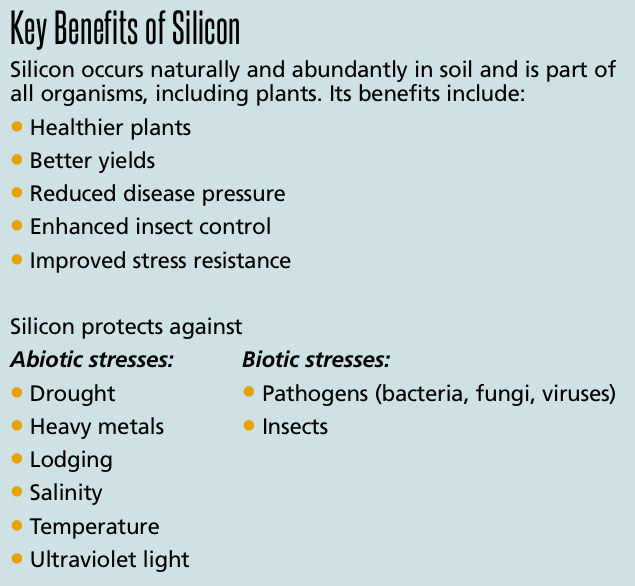
Silicon, also called silicon, is a naturally occurring element of silicon, which is a natural element in the silicate mineral family. Silicon is present in many living organisms, but it is mainly found in the human body. The human body makes most of its silicates from silicon. Silica is present in various concentrations throughout the body, with the highest concentration in bones, teeth and nails. Other parts of the body that make up a large percentage of silica are the kidneys, brain, lungs, liver, and thyroid gland.
Silica is most commonly known as silicon dioxide and is an oxide from the family of silicate minerals with the atomic symbol SiO₃. In many parts of the Earth, silicon is the main component of quartz sand. The importance of silica in the human body was not known until recently, when scientists realized the presence of silicate minerals in animal bones. This was the basis for studying the human body and its relationship to silica. Later, studies were carried out on humans, and now we know that silica is necessary for the normal functioning of the human body. Thus, silica plays an important role in maintaining the health of the body.
According to some studies, there is a difference between silica and silica found in the human body. Several studies have shown that silicon dioxide can help reduce the risk of colon cancer and is essential for normal skin health. It can also help maintain good bone structure. In addition, it has been found that silica is essential for the proper functioning of the kidneys and bladder and helps maintain normal blood pressure.
There are different levels of silica. Silica is found in small amounts in a variety of foods such as grains, nuts, fruits, and seeds. High concentrations of silica are also found in some types of water sources such as springs, wells, streams, etc. However, high concentrations of silica are not found in meat, fish or dairy products due to the absorption process.

The benefits of silicon dioxide are mainly in the form of silicon dioxide
There are two forms of silica: organic and inorganic. Inorganic silicon is made from silicon that is present in quartz sand. in the form of crystalline.
Inorganic silica has the same chemical composition as silicon dioxide, but in this form it has more than one silicon molecule per molecule. In this form, the silica molecule is smaller than in silicon dioxide. These types of silica are used in the manufacture of silicone products and glassware. Silicon dioxide in the form of silicon oxide is used in the food industry and also as a fertilizer. Silicon dioxide is commonly used as a binder in textiles and paints. In general, the silica content of foods, especially vegetables, can range from four to five percent.
The benefits of silicon dioxide and silicon dioxide stem from the fact that silicon dioxide helps in strengthening bones and teeth. It also helps improve blood circulation, strengthen bones, prevent atherosclerosis and hypertension, prevent damage to the heart and other organs, and prevent cancer and other diseases. In animals, silica can be used to treat arthritis, osteoporosis, Alzheimer's disease, Parkinson's disease, and kidney disease.
Silicon is also an essential trace mineral, especially for people with low calcium silicate levels. Silica is very important for the development of cartilage and bones. When people consume foods rich in silica, the silica increases the absorption of calcium in the body and also prevents bone breakdown. Silica and calcium are among the most important elements in promoting collagen and elastin formation.